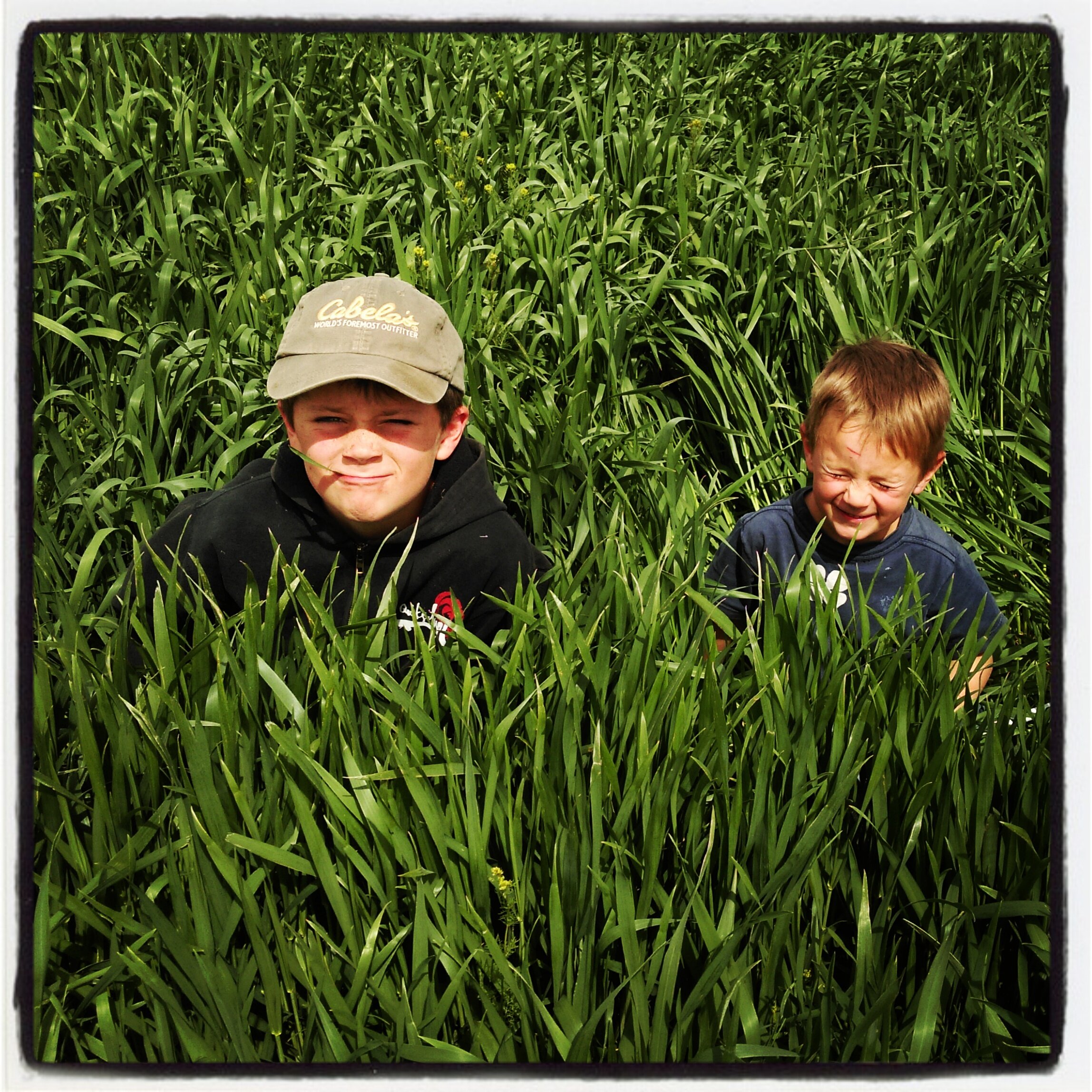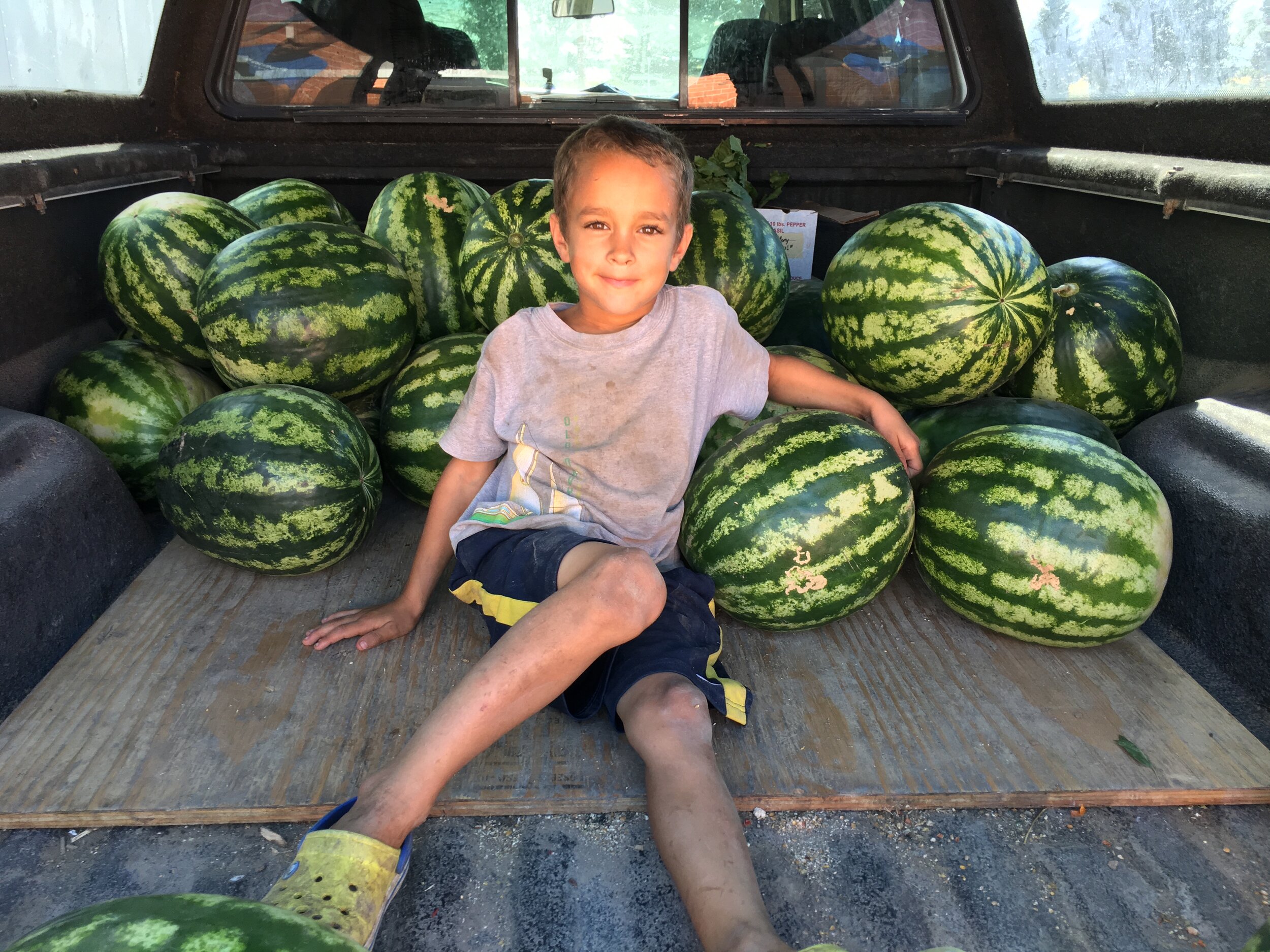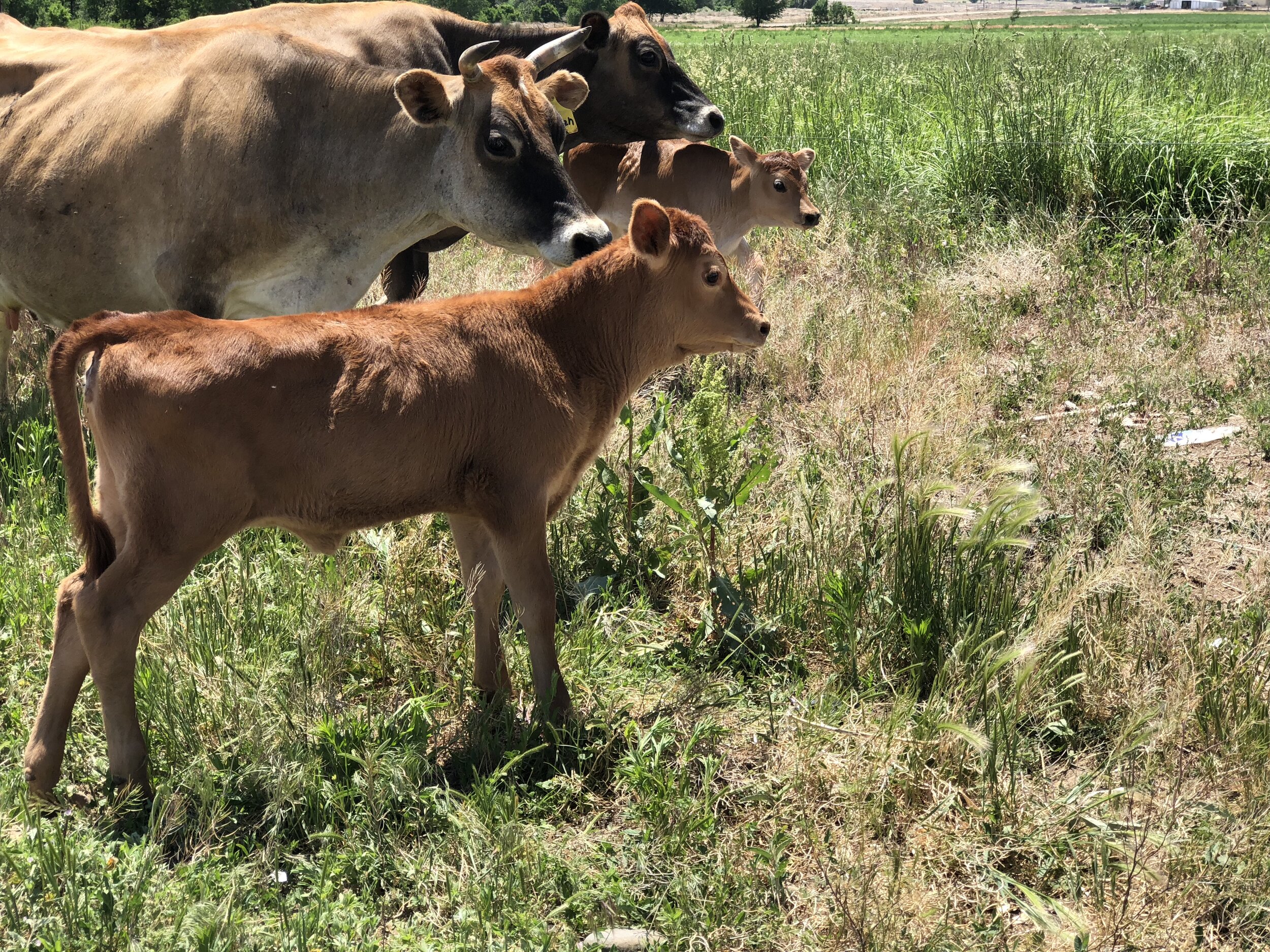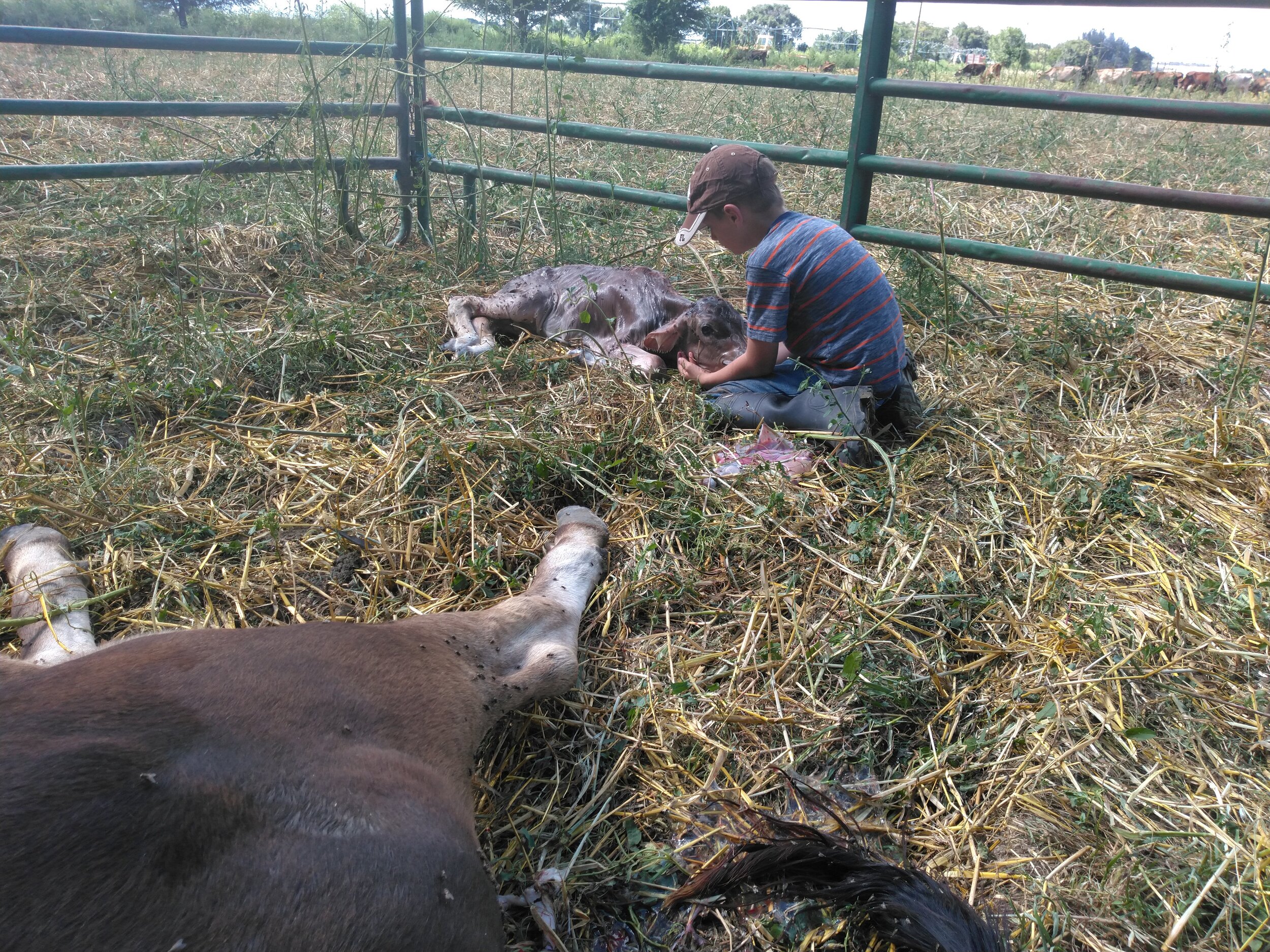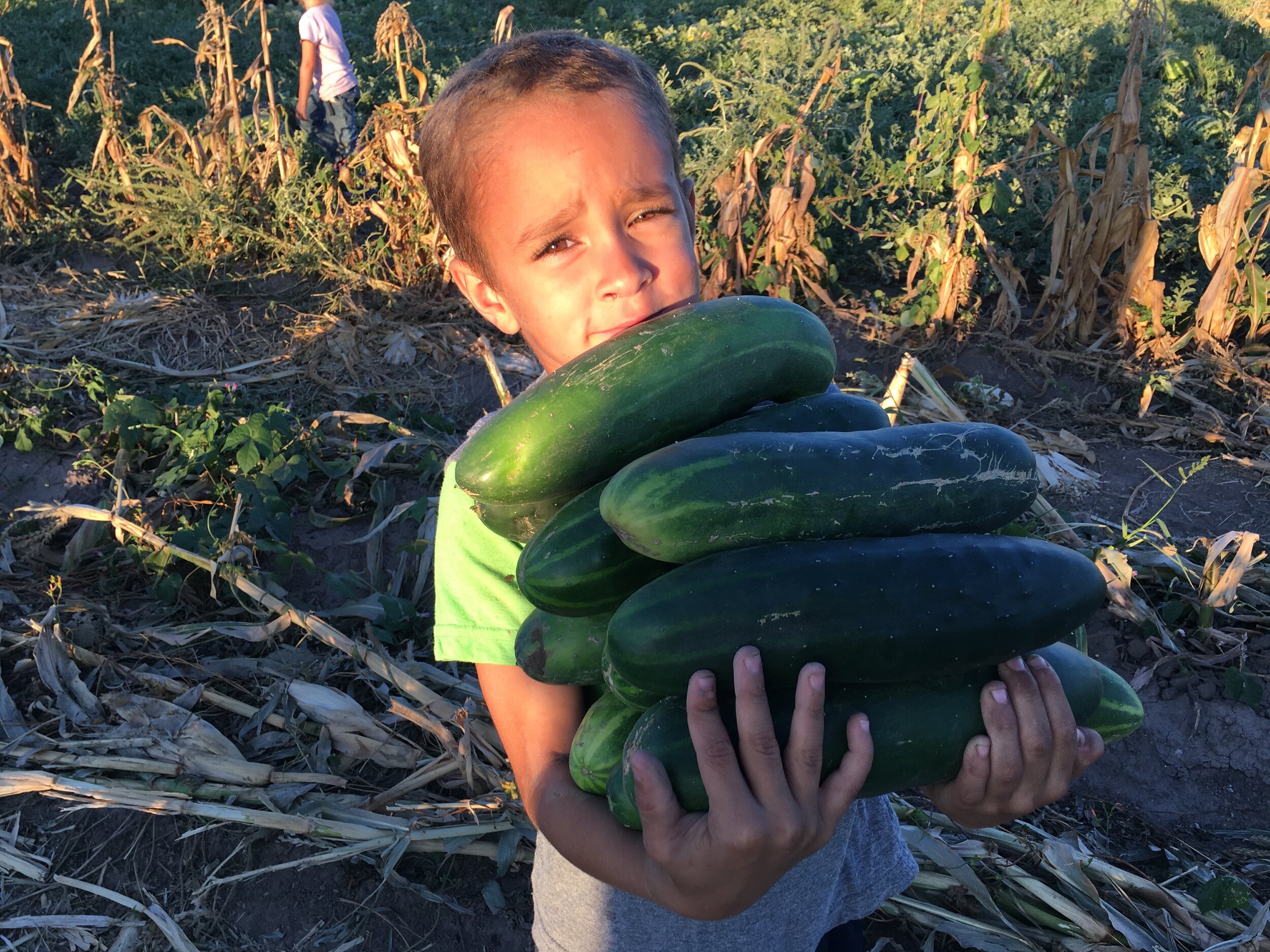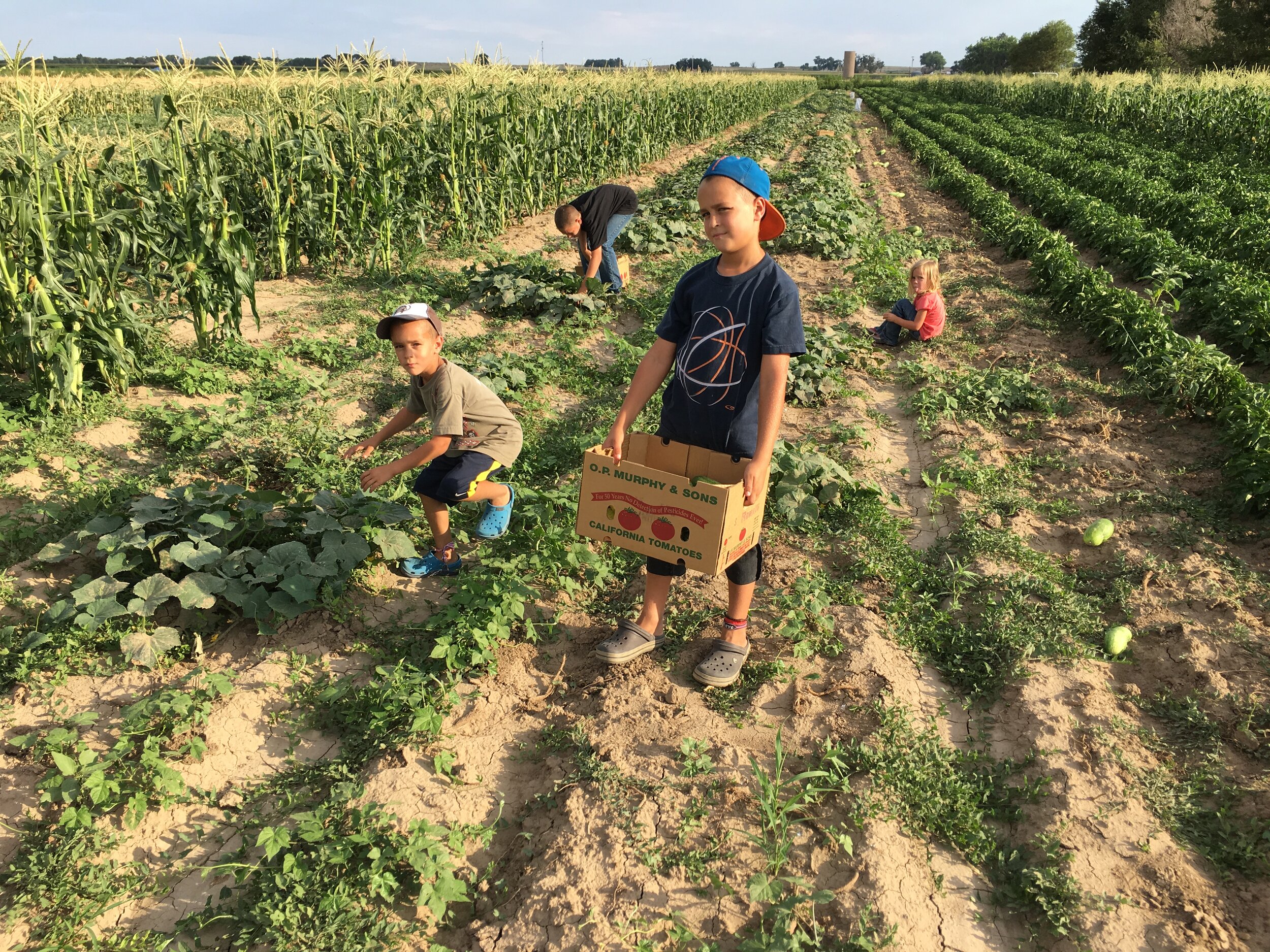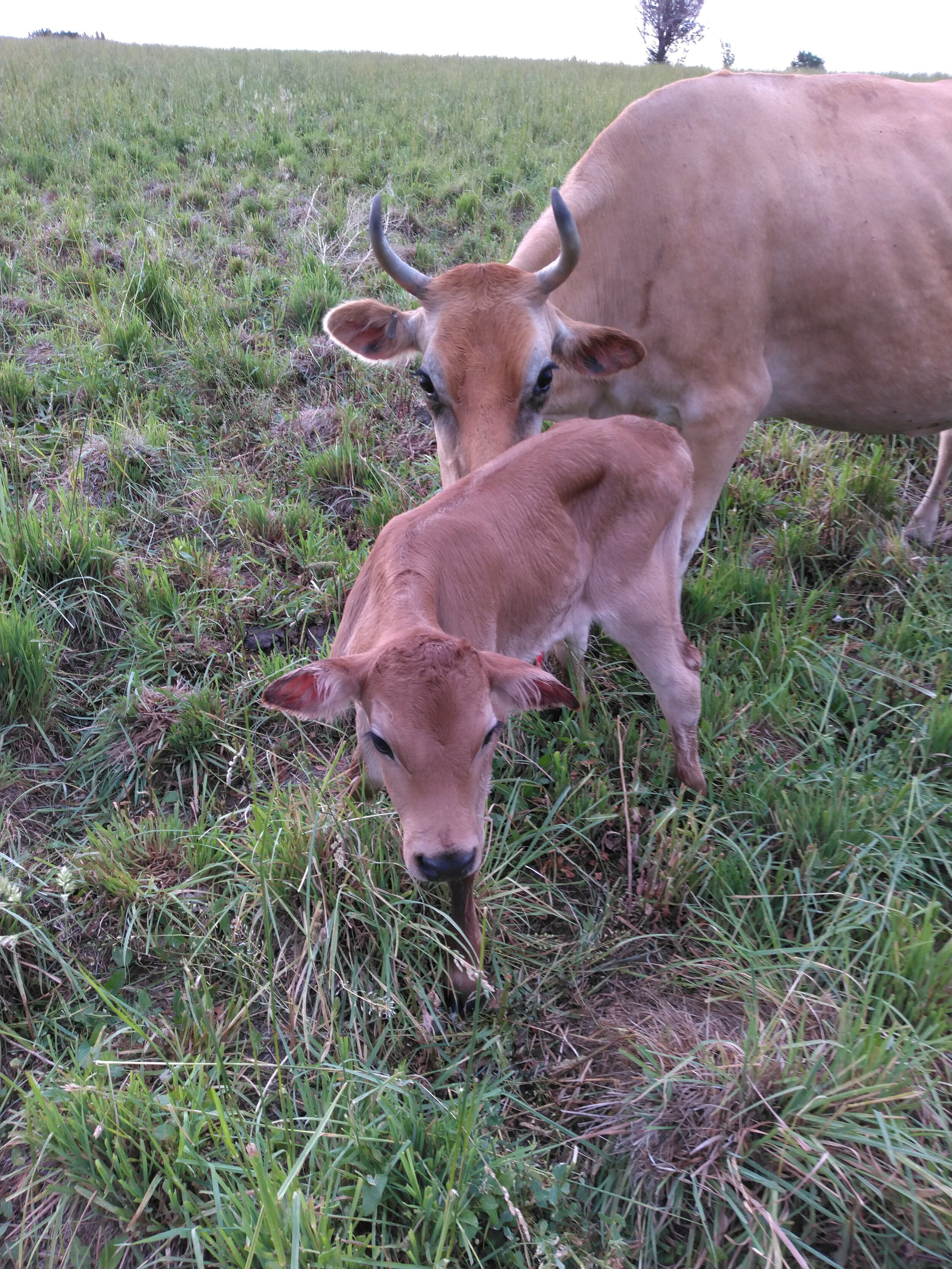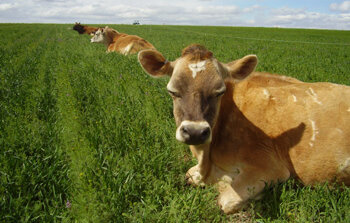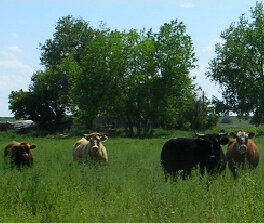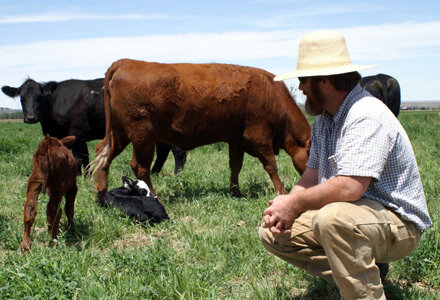About Larga Vista Ranch
Viable farm through healthy soils
Nestled on the bluffs overlooking the Huerfano River near its confluence with the Arkansas, our family has farmed and cared for this land for more than 100 years. Great Grandmother Malone named this farm for the views of the beautiful mountain ranges to the west and the vast prairies to the east.
Over the years, we have always understood the importance of good stewardship of the land and water resources we have been entrusted with in this community. Our respect and gratitude for the vision of our ancestors continually anchors our hopes and dreams for the future, while guiding our decisions to ensure the sustainability of this community for generations that follow.
During the past 40 years, we have eliminated the need for pesticides on our farm through the use of crop rotation, intensively managed irrigated pasture development, and sound animal nutrition practices. This has allowed us to move into the production and marketing of high-quality meats and vegetables. Intensively managed mixed-species pastures are the foundation of our soil-building rotation. Livestock are rotated through lush pastures during the growing season and fed stored forages during the short winter period.
Soil fertility is maintained and improved by the animals themselves and through the use of compost, soil minerals, and supplemental micronutrients. All of these factors combine to create a viable soil mineral cycle, which provides the basis for healthy plant and animal nutrition, producing meats and vegetables of unsurpassed flavor and quality without the use of pesticides, antibiotics, hormones, and genetically modified organisms (GMO’s).
We are becoming more concerned with the direction the food production and distribution system has taken over the past 30 to 40 years. The main goal seems to be to deliver cheap, fast food with little regard for nutritional quality or freshness. As we have learned the importance of fresh, nutrient-dense grass for the health of our livestock (and ultimately ourselves), we have also begun to realize the need to develop markets for locally grown food.


